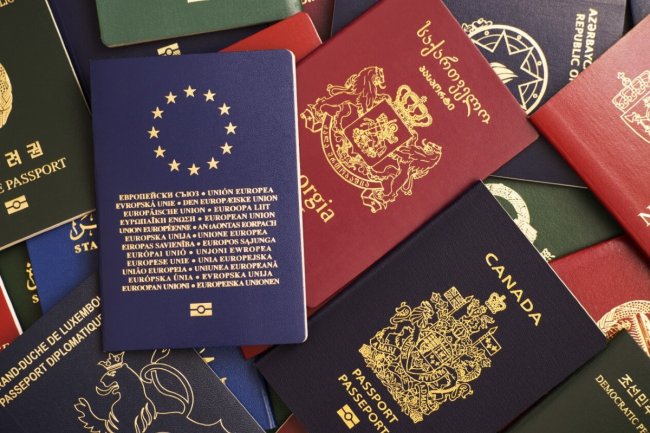7 Most Beautiful and Futuristic Airports in the World
Top 7 Unique Airports Worth Visiting

A journey doesn’t begin on the plane — it begins at the airport. Modern airports are no longer just places to board and land; they are true masterpieces of architecture and engineering. Some of them have become landmarks in their own right, attracting visitors who aren’t even flying anywhere. Here’s our selection of the world’s most stunning and futuristic airports.
1. Changi Airport, Singapore (SIN)
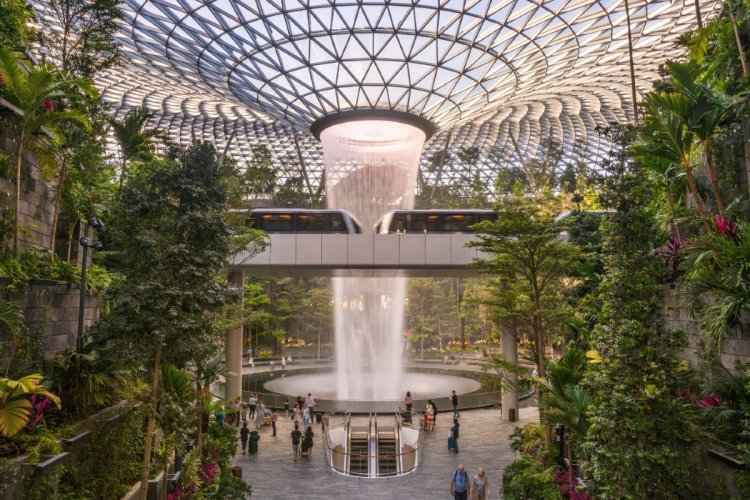
Changi is a true legend — it has been named the world’s best airport 12 times by Skytrax. Calling it a transport hub would be an understatement — it’s more like a park under a roof.
Its crown jewel is Jewel Changi Airport, home to the 40-meter Rain Vortex, the tallest indoor waterfall in the world. Surrounding it are tropical gardens with over 2,000 trees and 100,000 plants, hanging bridges, a sunflower garden, a butterfly dome, and even a hotel.
If you’re stuck on a long layover, you can watch a movie, swim in the rooftop pool, or play in the PlayStation lounge. Many travelers come here just to explore the airport — even without a ticket.
2. Incheon Airport, Seoul, South Korea (ICN)
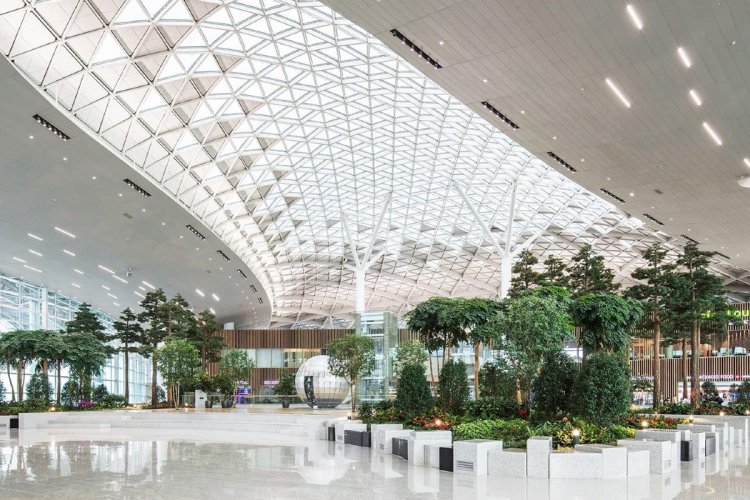
Seoul’s Incheon Airport is one of the most thoughtfully designed in the world. Transparent glass-and-metal structures combined with natural elements fill the space with air and light.
In addition to an ice rink, golf course, spa, and capsule hotel, Incheon doubles as a cultural hub. Inside the terminal, travelers can join calligraphy and painting workshops, enjoy concerts, and see traditional Korean exhibitions.
There are even robot assistants ready to guide you through the terminal — or take a selfie with you.
3. Hamad International Airport, Doha, Qatar (DOH)

Hamad blends Middle Eastern luxury with cutting-edge technology. The interior looks like a modern art museum, featuring Urs Fischer’s iconic 10-meter Lamp Bear sculpture and other art pieces from around the world.
The terminals showcase sculptures and interactive installations, while Qatar Airways lounges feel more like five-star boutique hotels with spas, sleep pods, and fine-dining restaurants.
Hamad is one of the few airports where you can go on a full shopping tour without even having a flight — luxury boutiques like Cartier, Dior, and Rolex stand alongside local designers.
4. Munich Airport, Germany (MUC)
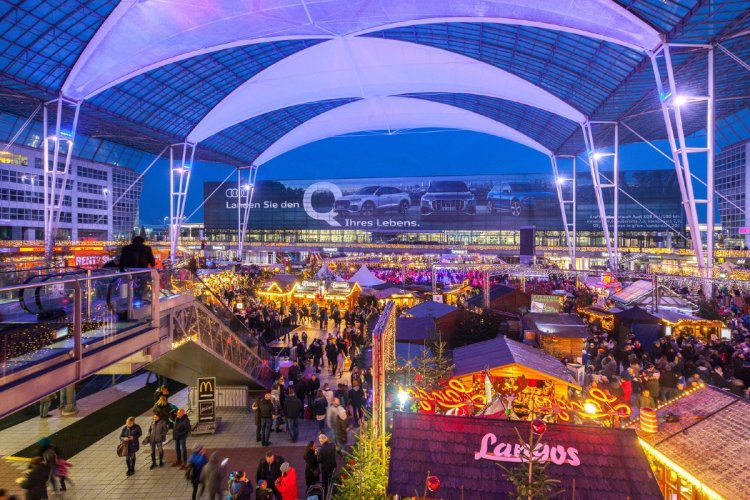
Munich Airport proves that a transport hub can be a comfortable public space rather than just a place to wait. Between the terminals is a huge glass atrium with its own brewery — Airbräu, where fresh Bavarian beer is brewed right on site.
In winter, the airport turns into a Christmas village with a skating rink and mulled wine stands. In summer, the central plaza hosts open-air concerts, festivals, and street exhibitions.
You can even take a behind-the-scenes tour to see how the baggage system and airport fire service work.
5. Dubai International Airport, UAE (DXB)
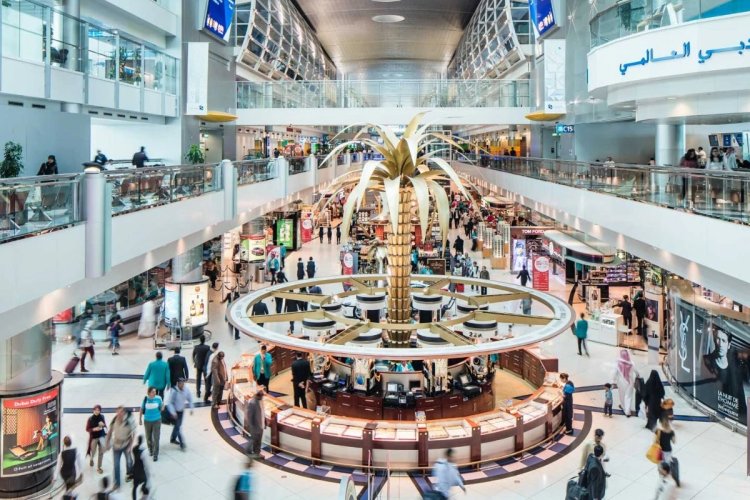
Dubai Airport is a city within a city. Handling over 90 million passengers a year, its terminals represent the essence of Middle Eastern luxury — marble floors, fountains, palm trees, and even purified, scented air.
Inside, you’ll find one of the world’s largest duty-free areas, a hotel directly inside the terminal, a fitness center, and tranquil lounges surrounded by indoor gardens.
Emirates provides its passengers with complimentary Rolls-Royce transfers and access to lounges that rival luxury hotels in both size and comfort.
6. Beijing Daxing International Airport, China (PKX)
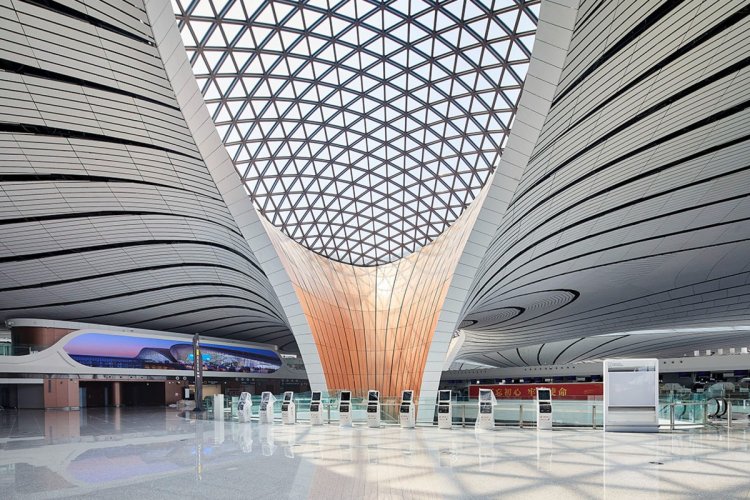
Designed by the late Zaha Hadid, Daxing is a masterpiece of modern architecture. The enormous terminal, shaped like a starfish, connects its concourses through a sunlit central dome.
Thanks to its intelligent layout, it takes no more than eight minutes to walk from check-in to the farthest gate. Daxing operates as a “smart terminal” — with facial recognition, automated baggage systems, and eco-friendly lighting.
Built to handle 100 million passengers annually, it’s already known as “the airport of the future.”
7. Kansai International Airport, Osaka, Japan (KIX)
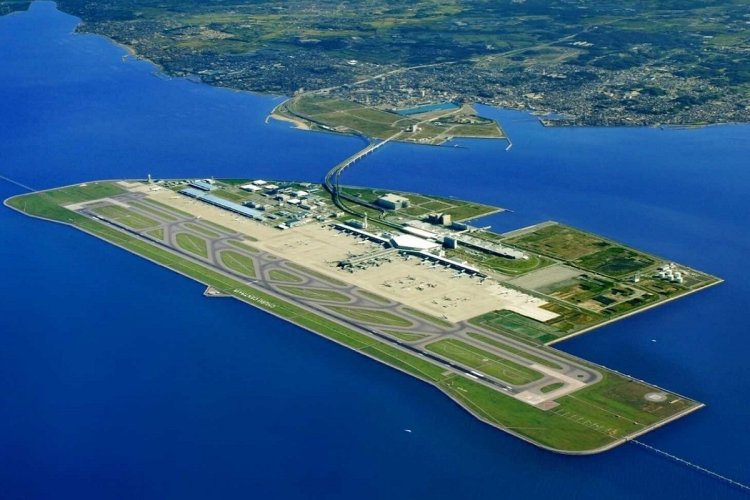
Kansai is a true feat of engineering. Built on a man-made island stretching four kilometers into Osaka Bay, it’s connected to the mainland by a bridge. The project’s architect, Renzo Piano, designed the building in the shape of a wave — reflecting the sea that surrounds it.
The airport is built to withstand earthquakes and typhoons. Though the island gradually sinks, constant engineering reinforcement keeps the structure stable — it even survived a magnitude 6.8 earthquake without damage.
These airports remind us that a journey begins long before boarding. They turn waiting into an experience and make flying a real pleasure.
And to make every trip even smoother, don’t forget to purchase your fedafone eSIM before you go — stay connected anywhere in the world, with reliable internet that travels with you.
